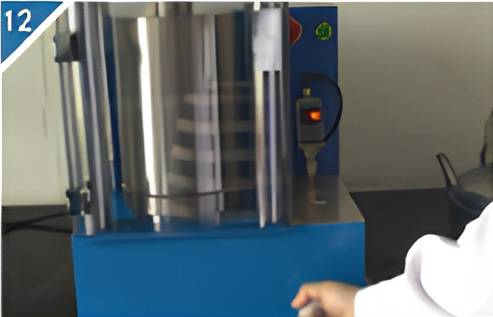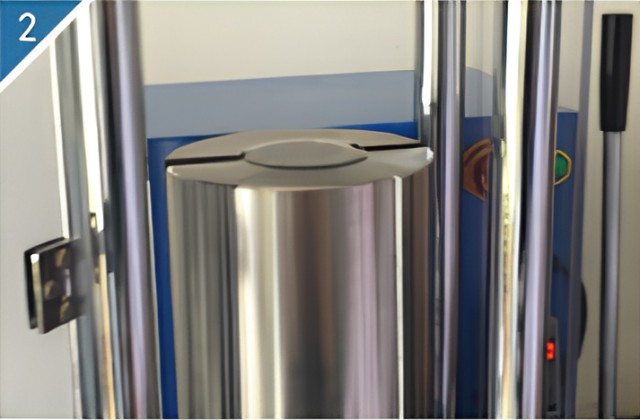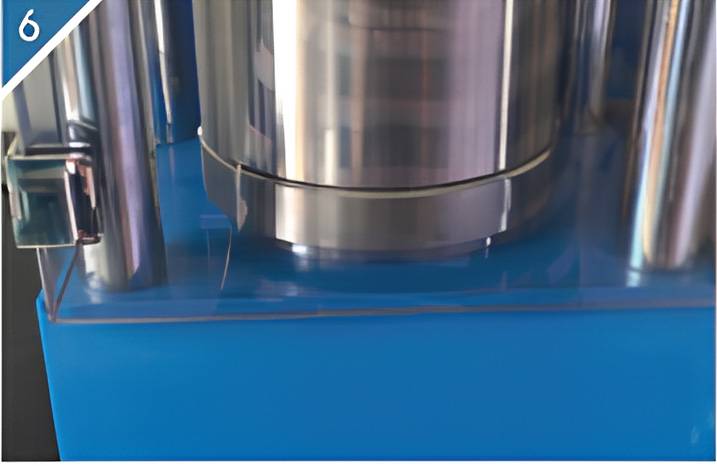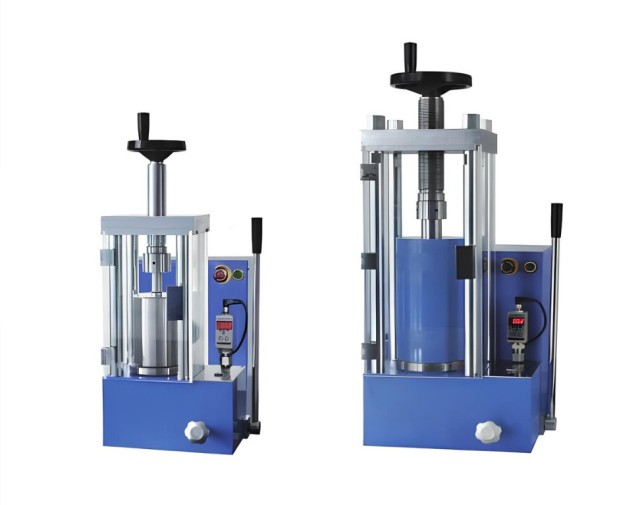In the dynamic realm of tablet pressing, versatility meets precision with the electric isostatic press. Offering both manual and electric pressurization modes, this powerhouse combines flexibility and accuracy in its operation. Join us as we unravel the unique operating steps and precautions that make the electric isostatic press a pioneer in the world of tablet manufacturing.
Operating steps of electric isostatic press

1.Place the sample into a rubber mold.

2.Place the rubber mold into the isostatic cavity.

3.After installing the pressure rod, tighten the bleed screw.

4.Use the screw to hold the opening in the pressure rod.

5.Tighten the oil drain valve stem.

6.Set the pressure stop value.

7.Set the pressure compensation value.

8.Save and exit..

9.Press the green switch to start pressurization.

10.Keep the pressure for a while.

11.Release the green switch to stop pressurization.

12.Loosen the oil drain valve stem.

13.Loosen the vent screw.

14.Use the pressure rod removal screw to remove the pressure rod.

15.Remove the rubber mold.

16.Remove the sample.
Precautions for electric isostatic press

Problem 1: Deformation of rubber ring.
When the isostatic pressure chamber is used for a long time, the rubber ring in the chamber must be replaced regularly to avoid oil leakage from the rubber ring.
Question 2: Hydraulic oil.
1. Set RL1F >RLIH to enable the device. 2.RL1D is the pressure sensitivity,Set RL1D =0000.
Problem 3: The cavity is deflated
Before pressurizing the isostatic cylinder, the air in the cavity must be purged before normal pressurization can occur. In order to avoid the required pressure in the cavity after air compression.
Question 4: Close the protective door.
When pressurizing, be sure to close the protective door first and then pressurize to prevent the hydraulic oil in the chamber from leaking and injuring the operator.
Question 5: Align the cavity
The isostatic pressure chamber must be aligned and on the same axis as the screw cylinder to ensure that the pressure acts vertically on the isostatic pressure chamber.
Question 6: Cylinder stroke.
The stroke of the oil cylinder of the isostatic tablet press should generally not exceed 50mm to avoid the deformation of the tension spring causing the piston to be unable to return.Related Products
- Electric Lab Cold Isostatic Press CIP Machine for Cold Isostatic Pressing
- Electric Split Lab Cold Isostatic Press CIP Machine for Cold Isostatic Pressing
- Manual Cold Isostatic Pressing Machine CIP Pellet Press
- Warm Isostatic Press for Solid State Battery Research
- Automatic Lab Cold Isostatic Press CIP Machine Cold Isostatic Pressing
Related Articles
- Electric Lab Cold Isostatic Press (CIP): Applications, Benefits, and Customization
- Understanding Cold Isostatic Pressing Method for Powdered Materials
- Cold Isostatic Pressing: An Overview and its Industrial Applications
- Cold Isostatic Pressing (CIP): A Proven Process for High-Performance Parts Manufacturing
- Understanding Cold Isostatic Pressing and its Types




















